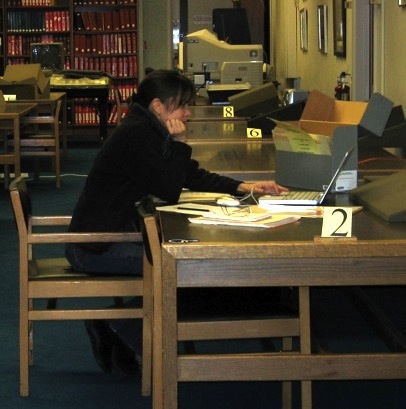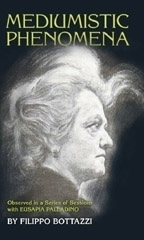What is the deal with the ASPR?
While I was researching my book about the Duke Parapsychology Laboratory I repeatedly tried to explore the ASPR archives (American Society for Psychical Research) but I was never granted access. For a year and a half they put me off and I finally accepted that they just didn’t want me to see anything. They wouldn’t even tell me what they had. I’ve since learned I’m just one in a long line of people who had similar experiences with the ASPR.
Why? What a shame it is, because I imagine they house a valuable treasure trove of parapsychology history. Why don’t they want anyone (or few people?) to actually use their collections? Maybe there’s a problem. When I wrote about the NYPD’s cold case squad it also took a long time to be given access to the Property Clerk Division warehouse, and when I finally got inside I could see why. Much of what was supposed to be there was missing, and some of what was there was poorly maintained.
My dealings with the ASPR is so contrary to every other experience I had researching parapsychology. The people at the Rhine Research Center, the Parapsychology Foundation, the Division of Perceptual Studies at the University of Virginia, and of course the Special Collections Library at Duke, couldn’t have been more professional, encouraging and helpful. They want people to use their collections.
What is going over there at the ASPR? Their website looks like it hasn’t been updated in years. Perhaps someone who has made it inside or who used to work there can explain why the ASPR is so determined to prevent researchers from accessing their archives?
This is me at the Special Collections Library at Duke doing what I love best.


